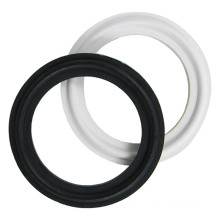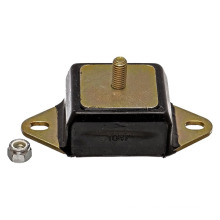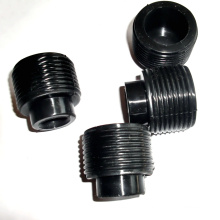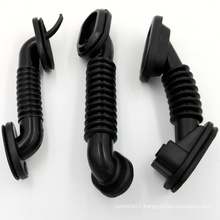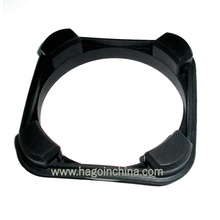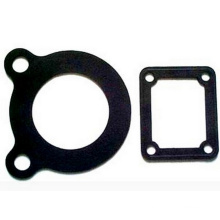Steel Back Plate and Shim for Brake Pad
2021-04-25
Made from carbon steel Q235, for truck brake pad and passenger car brake pad.

Our Advantages
* Over 10 years of manufacturing and exporting experience
* Wide range of specifications
* Fine stamping/casting process and perfect surface treatment
* Customized specification achievable
* Strict supervision of material
* Prompt response to every question before and after order
* Integrate materials into full container to save freight cost
Packing & Delivery
Caton / wooden case / pallet

We offer free sample
Contact

Asbestos was added as an common ingredient to brake pads post-WWI, as car speeds began to increase, because research showed that its properties allowed it to absorb the heat (which can reach 500 °F) while still providing the friction necessary to stop a vehicle. However, as the serious health-related hazards of asbestos eventually started to become apparent, other materials had to be found. Asbestos brake pads have largely been replaced by non-asbestos organic (NAO) materials in first world countries. Today, brake pad materials are classified into one of four principal categories, as follows:
Non-metallic materials - these are made from a combination of various synthetic substances bonded into a composite, principally in the form of cellulose, aramid, PAN, and sintered glass. They are gentle on rotors, but produce a fair amount of dust, thus having a short service life.
Semi-metallic materials - synthetics mixed with varying proportions of flaked metals. These are harder than non-metallic pads, more fade-resistant and longer lasting, but at the cost of increased wear to the rotor/drum which then must be replaced sooner. They also require more actuating force than non-metallic pads in order to generate braking torque.
Fully metallic materials - these pads are used only in racing vehicles, and are composed of sintered steel without any synthetic additives. They are very long-lasting, but require more force to slow a vehicle while wearing off the rotors faster. They also tend to be very loud.
Ceramic materials - Composed of clay and porcelain bonded to copper flakes and filaments, these are a good compromise between the durability of the metal pads, grip and fade resistance of the synthetic variety. Their principal drawback, however, is that unlike the previous three types, despite the presence of the copper (which has a high thermal conductivity), ceramic pads generally do not dissipate heat well, which can eventually cause the pads or other components of the braking system to warp.However, because the ceramic materials causes the braking sound to be elevated beyond that of human hearing, they are exceptionally quiet.
Auto Brake Pads, Car Pad Shims, Brake Pad Shims, Autozone Brake Pads
Neway Rubber Products Co., Ltd. http://www.jmpowerplugs.com
